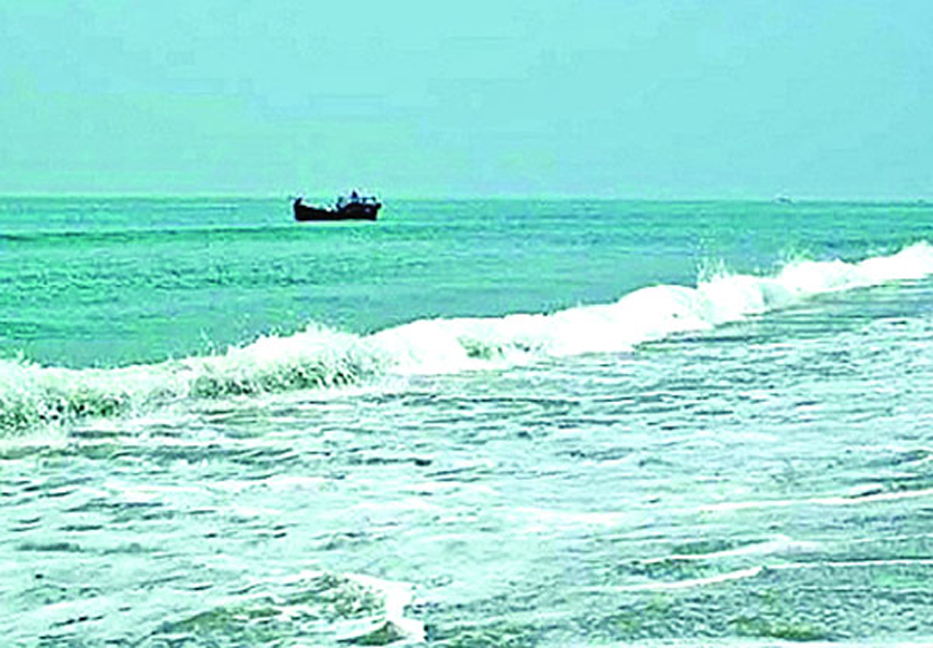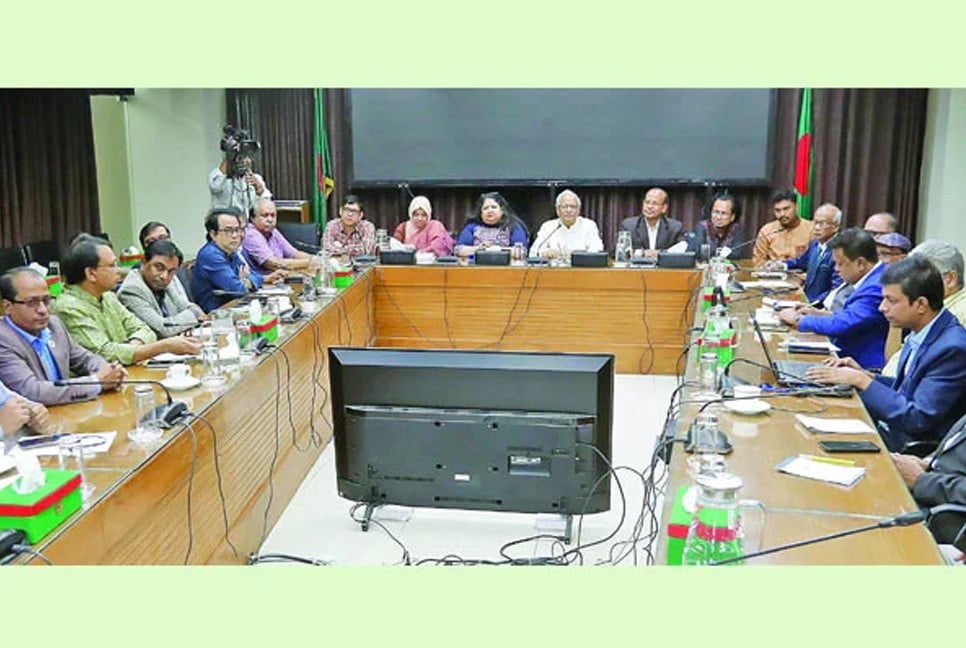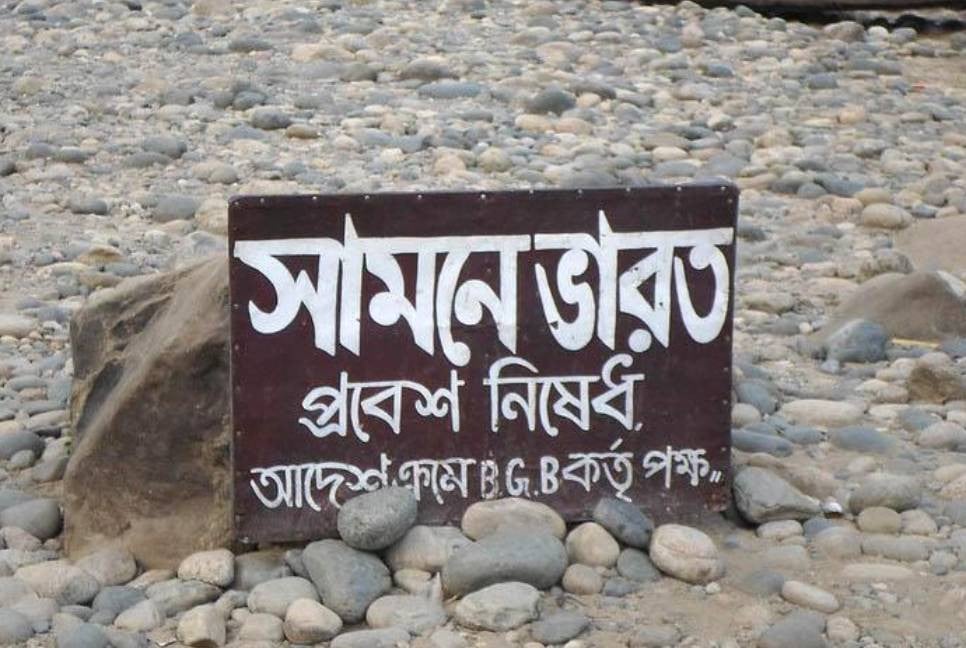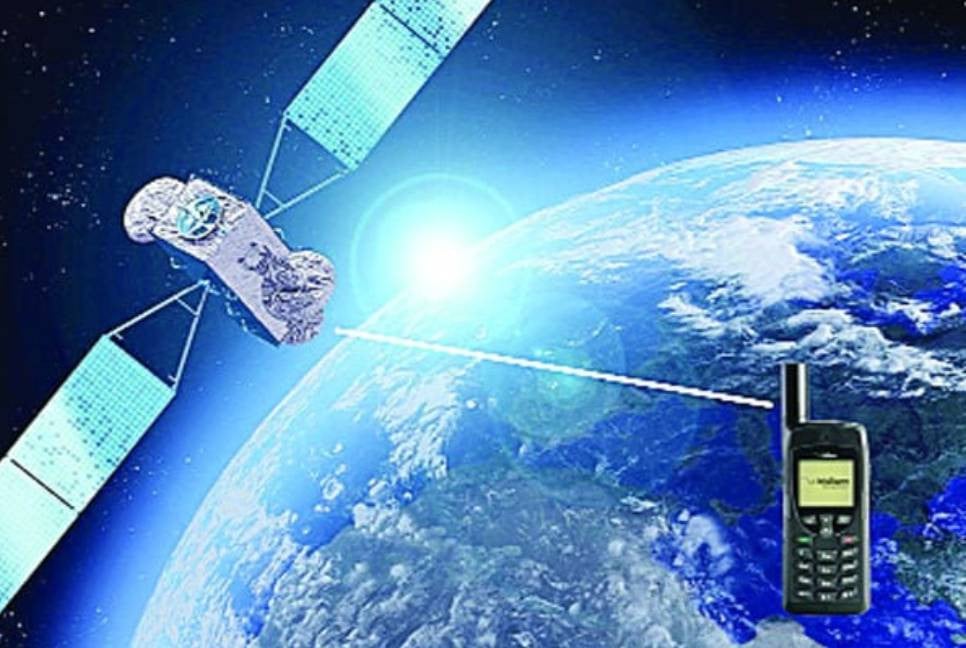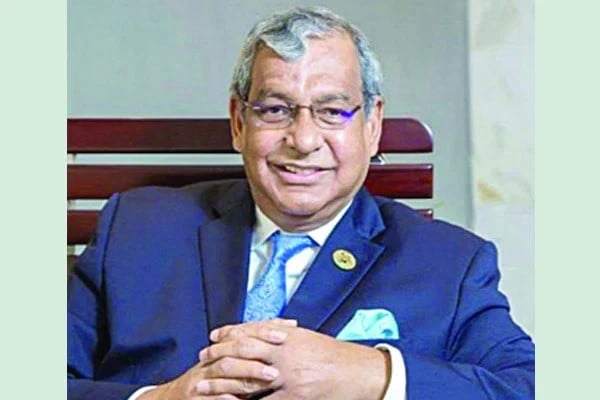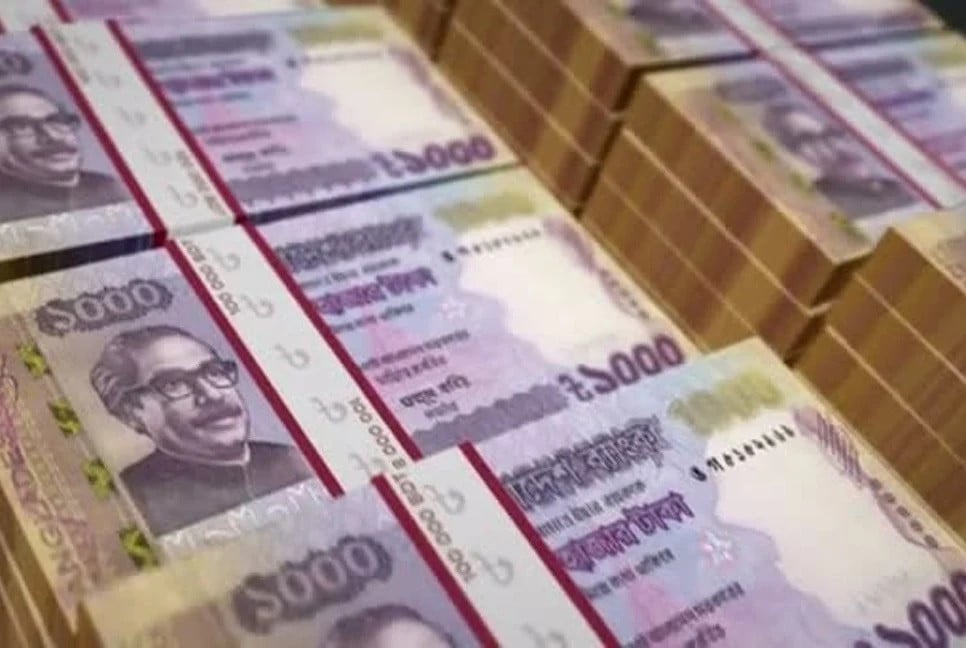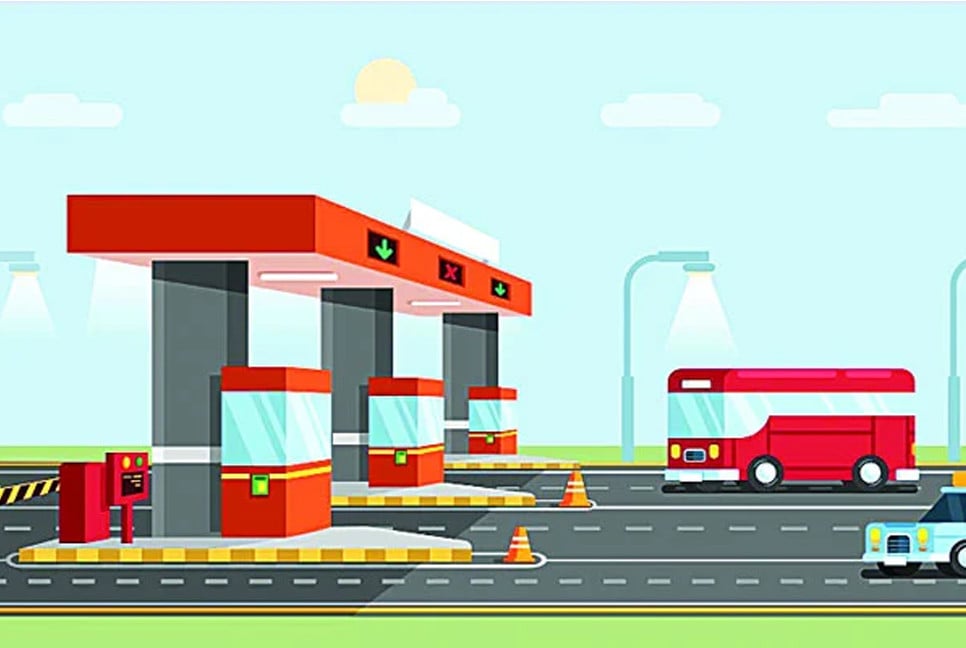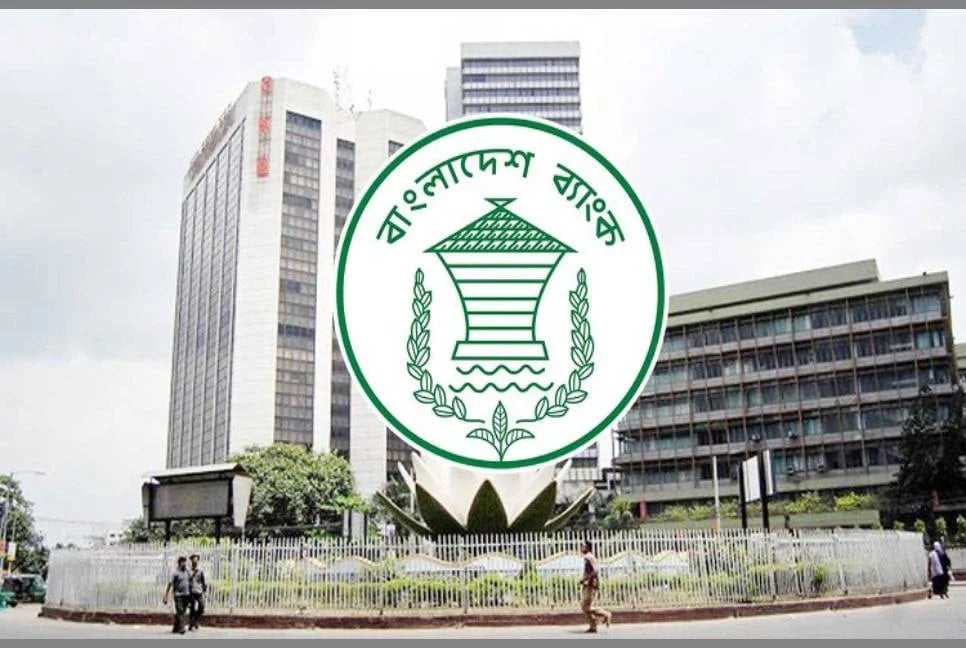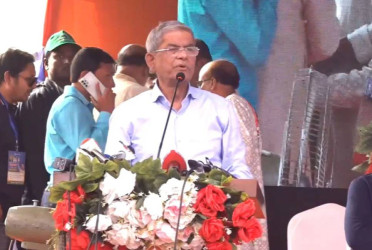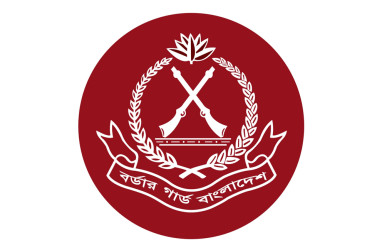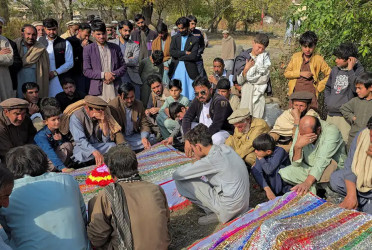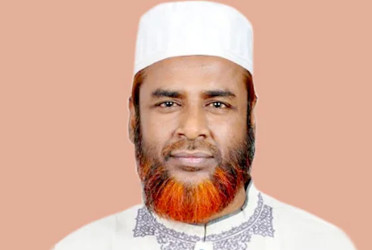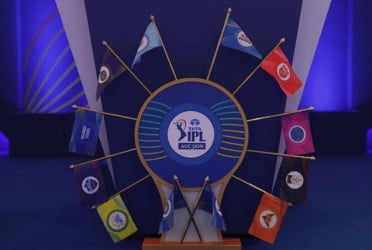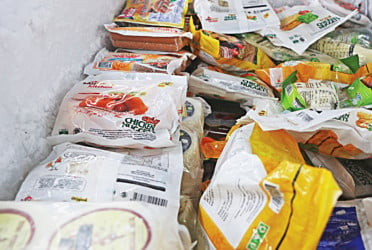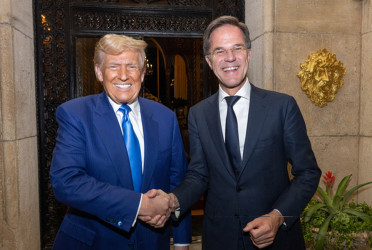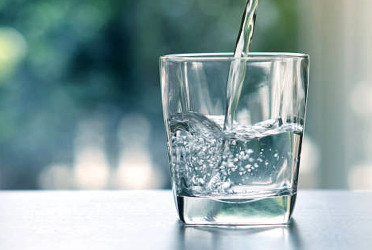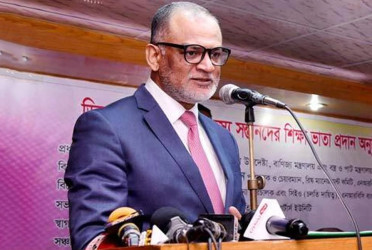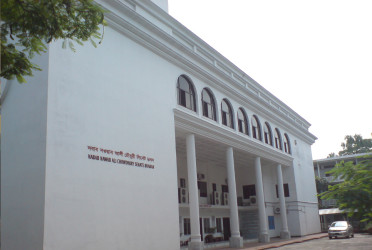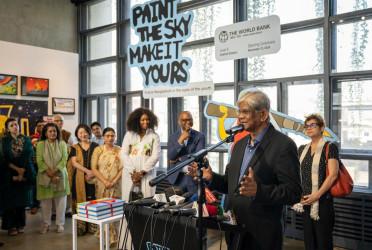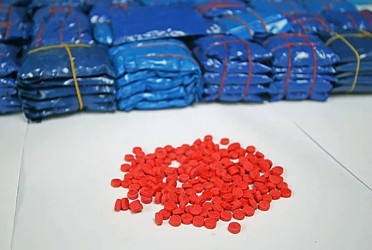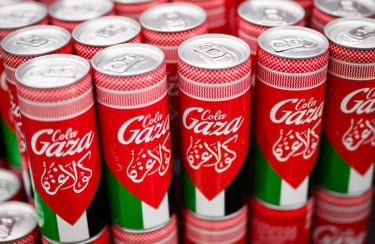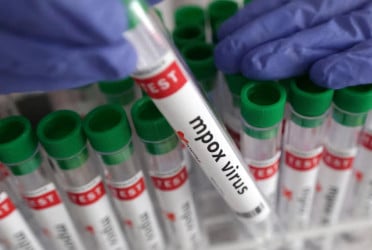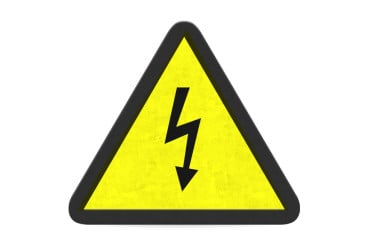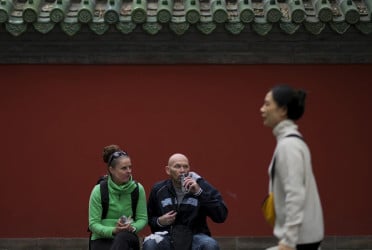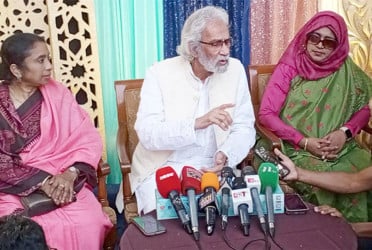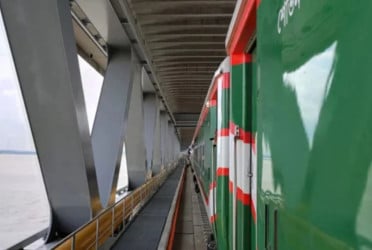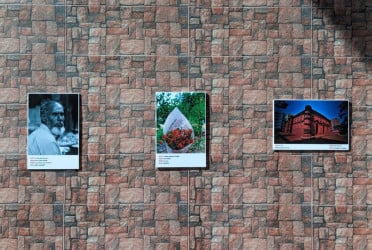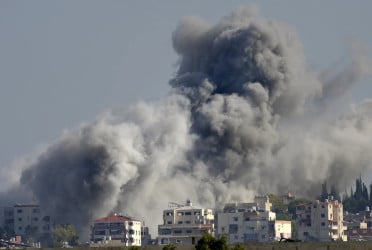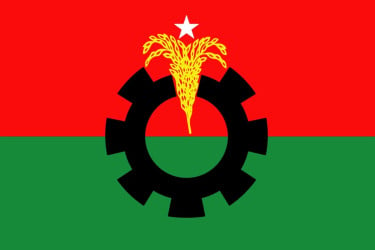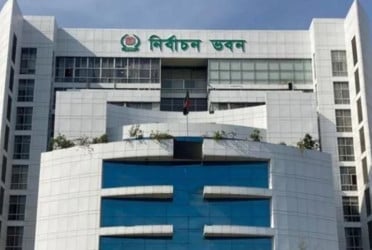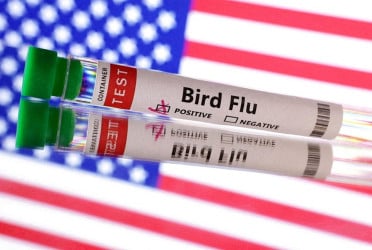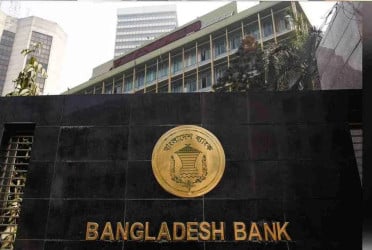The Bay of Bengal is the reservoir of endless resources. Under the salty water of it lie huge valuable minerals and bio-resources. Billions of dollars can come from just the sea tourism.
The Blue Economy paved the way to make the economy of the countries like Hong Kong, Japan, Singapore, Malaysia, Thailand, Indonesia, Australia and China stronger. The 40% GDP of Hong Kong is sea-based. Bangladesh got the ownership of seabed according to the verdict of international court which was almost equal to the size of land of it, which opened a huge doors of opportunity and government also gave emphasize over the matter. However, even after one decade of this achievement, there’s no progress for uplifting country’s economy by collecting sea resources and using the seabed.
According to the experts, it’s possible to take the GDP growth beyond 10 percent based on the blue economy and solve the unemployment problem. This economy can contribute a lot to make Bangladesh a developed country within 2041. However, there’s no separate authority to make necessary coordination in this huge sector. Some ministries like tourism ministry, commerce ministry, power ministry, foreign ministry, science and technology ministry, water transport ministry and fisheries and bio resources ministry are related to the blue economy. Each have separate work plan, conducting research and spending money as well. But, the blue economy is halted just in its possibilities.
In 2004, Myanmar got 4 trillion cubic feet gas in their part in the Bay of Bengal, which they exported to China. In the same area, it was great chance for Bangladesh to get huge gas. Nonetheless, no initiative has been implemented in this regard in last 11 years. Bangladesh took five years just to provide permission in catching fishes in deep sea.
Bangladesh should have an upper hand in exporting Tuna fishes by now as after the verdict of international court, the country have legal authority in ‘Swatch of No Ground,’ which is the rich habitat for the Tuna.
According to the concerned people, Bangladesh is lagging behind in the use of marine resources due to lack of coordination and separate activities. On March 14, 2012, through the judgment of the International Court of Arbitration (ICA), Bangladesh got possession of more than 118 thousand 813 square kilometers of sea area by fighting the case with Myanmar. Apart from this, on July 8, 2014, Bangladesh got the right to 19 thousand 467 square kilometers out of the estimated 25 thousand 602 square kilometers of disputed maritime boundary between Bangladesh and India. After that, the government took various initiatives to extract marine resources and conduct research on it.
Bangladesh established the Bangabandhu Sheikh Mujibur Rahman Maritime University in 2013, the year after the acquisition of maritime boundaries. A 25-member coordination committee was convened by the Chief Secretary of the Prime Minister's Office in 2014 for the purpose of extracting marine resources and its proper management. In 2015, Bangladesh Oceanographic Research Institute was established in Cox's Bazar for marine resources research. In 2017, the 'Blue-Economy Cell' was formed under the Ministry of Energy and Mineral Resources. Departments of Oceanography were introduced in various universities. In 2018, a research institute named 'Bangladesh Institute of Maritime Research and Development (BIMRAD) was established with the support of the Navy Headquarters. Bangladesh Delta Plan or Delta Plan has prioritized marine economy. The plan lays down five strategies to harness the potential of the blue economy, one of which is the speedy completion of a multi-dimensional survey of marine resources.
In last 10 years, there has been some research on marine resources. Apart from this, there has been no significant progress in gathering resources except arranging some meetings, seminars and symposiums. The Ministry of Foreign Affairs also conducted a two-year study with two institutions from the Netherlands and the United Kingdom to find a large amount of gas hydrates, 220 species of sea-weeds, 347 species of marine fishes, 498 species of oysters, 52 species of shrimps, five species of lobsters, six species of crabs and 61 species of sea urchins in Bangladesh. Although the results of the study were brought forward last year, there was no direction on what to do next in resource extraction.
Meanwhile, most of the countries in the world including Hong Kong, Japan, Singapore, Malaysia, Thailand, Indonesia, Australia, and China have been dependent on the maritime economy for a long time. 40% of Singapore's GDP depends on the sea. Through the successful implementation of 'The Lombok Blue Economy Implementation Programme', Indonesia has undertaken a program of generating 115 million US dollars per year with the creation of new employment opportunities for 75,000 people. Australia generates about 47.2 billion Australian dollars a year from its marine resource development and tourism industry, which is more than 3 percent of its GDP. According to the 10-year plan, the contribution of blue-economy to the country's economy by 2025 will be about 100 billion Australian dollars. The US$1.2 trillion maritime industry has contributed to China's economy over the past five years, accounting for about 10 percent of China's total GDP. Also, if the country's blue-economy-centric plan is implemented, the marine sector will contribute about 15 percent to the GDP by 2035. Annual gross value added from the European Union blue-economy is 500 billion Euros and 5 million people are employed. Blue-economy is also at the root of the development strategy of various international organizations including Organization for Economic Cooperation and Development (OECD), United Nations Environment Program (UNEP), World Bank, European Union.
Chairman of Oceanography department of Chittagong University, Dr. Mohammad Moslem Uddin told The Bangladesh Pratidin, “If we can use the marine resources, it is possible to take us to the scale of GDP 10. But, where is it? After the independence of the country, there was no further development after 'The Territorial Waters and Maritime Zone Act' in initiated by Bangabandhu in 1974. The government will create a roadmap of over where and how much marine resources will be extracted. But, which government institutions will do? Everyone is busy with their own activities.”
The Ministry of Foreign Affairs is researching sea resources! Is it their job? The main responsibility of Blue Economy has been given to the Ministry of Energy and Mineral Resources. However, energy and mineral resources are only one of the 26-27 resources of the ocean. Sea tourism is being planned. There is no seafarer in that committee. If tourism is introduced across the ocean without much understanding, other sectors including fisheries will suffer. Tourism zone, shipping zone and fishing zone should be separated. Experienced people should be employed. Otherwise, doing one will end the other. A separate ministry is needed for blue-economy. There are all over the world. We have 50-60 ministries for 1 lakh 47 thousand square kilometers of land, but there is no ministry for 1 lakh 18 thousand square kilometers of sea! This is why there is no coordination. A few days ago, a Coast Guard official called me and said that he has received some oil pollutants, but he does not know who to give the responsibility to stop it. Recently, when a dolphin died in Cox's Bazar, there was a problem over who would manage it. If there were separate ministries, everything would be reported in one place.”
He said, “The right people are not being posted in the right places. Departments of oceanography were started in various universities. How they will contribute to the Blue-Economy bypassing the policy which has not been formed yet. Department of Oceanography was opened in Chittagong University in 1971. But, the manpower coming out from here is working in banks and NGOs. Their knowledge is not being utilized.”
It is known that about 3 to 5 trillion US dollars trade takes place every year in world trade centered on sea. The sea provides 15 percent of the protein for about 6.3 billion people in the world today. 30% of the world's gas and fuel oil is supplied from seabed mines. 60 percent of international import-export is done by sea. The presence of gas hydrate or methane gas solidified layer has been found in the sea border of Bangladesh. It is estimated that there are 0.11 to 0.63 trillion cubic feet of natural gas hydrate reserves in the Bangladesh Economic Area, which is equivalent to 17-103 trillion cubic feet of natural gas reserves. Apart from this, according to the information of Bangladesh Atomic Energy Commission, it is possible to extract about 1 million tons of mineral sand from the sea boundaries of Bangladesh. Under the Bay of Bengal there are ores called manganese nodules, phosphorus deposits, polymetallic sulphide, adaporite and kleser deposits. By refining these ores, many rare metals including molybdenum, cobalt, copper, zinc, lead can be found, which can be used in shipbuilding and chemical factories.
According to the Department of Energy and Mineral Resources, sulfides composed of vanadium, platinum, cobalt, molybdenum, and manganese crust, copper, lead, zinc and some gold and silver exist in the shallow seabed. A huge deposit of 'clay', the raw material of the cement industry, has been found at a depth of about 30 to 80 meters in the Bay of Bengal. The existence of precious metals uranium and thorium has been found at the bottom of the Bay of Bengal.
According to experts, if the resources under the vast ocean of Bangladesh are used in a proper plan for sustainable development, it is possible to earn two and a half million dollars every year by the year 2030. However, after demarcation of the sea boundary, Bangladesh is extracting resources of 9.6 billion dollars annually from the Bay of Bengal. About 8 million metric tons of fishes can be caught from the Bay of Bengal every year, but due to lack of modern technology, we are catching only 7 million metric tons of fishes.
@The report was published in Bengali on print and online versions of The Bangladesh Pratidin on May 8 and rewritten in English by Lutful Hoque

